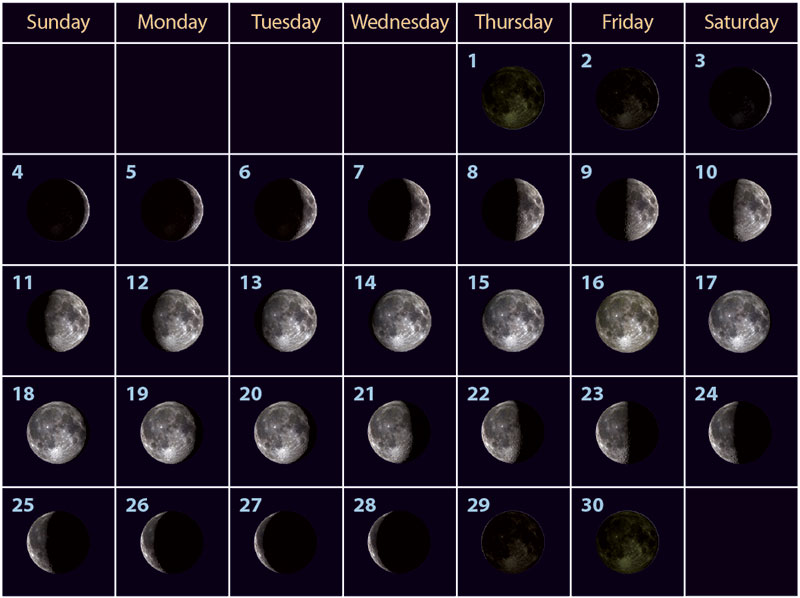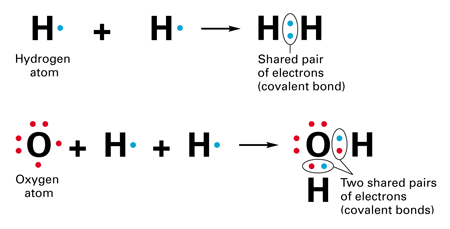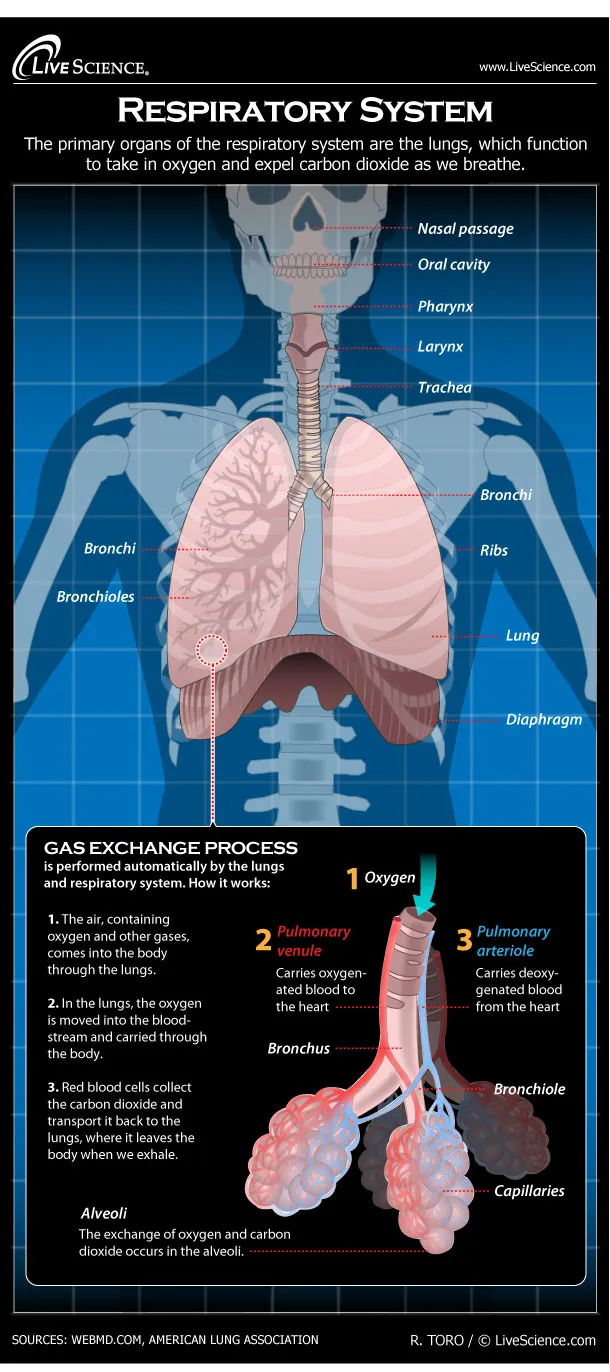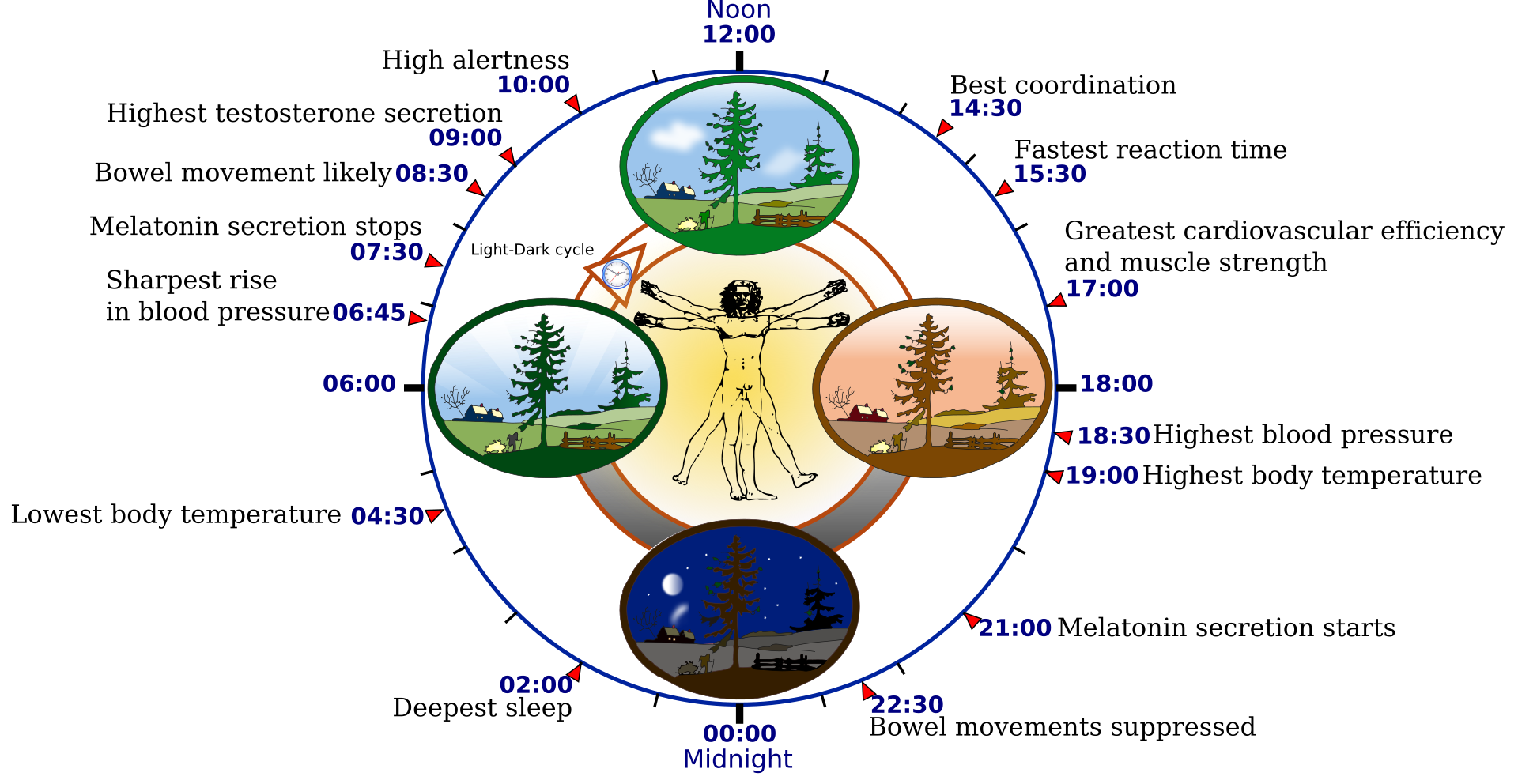Connections in time
Our world is made of connections - intricate and subtle relations between things, organisms, even ideas. As time progresses, these constellations evolve - new connections are made, old ones are lost or forgotten. At times these relationships and events may seem random or arbitrary, at least from the perspective of an individual human being caught up in the maelstrom. But are they?
Time is "universal" in the sense that our notion of time is based on the recurring movements of various objects in our universe: The earth revolves around its axis in a day, the moon goes through its phases every month, and the two of them circle the sun in a year. On our planet, these cycles give rise to phenomena like tides in the ocean (high/low tide every 6.2 hours) and seasons (every 3 months, more or less articulated depending on where you live).
Trading time
In his
TED talk from 2010 Matt Ridley gives an example of early human trade based on work by David Ricardo: Adam takes 4 hours to make a spear, and 3 hours to make an axe. Oz only takes 1 hour to make a spear, and 2 hours to make an axe. So Oz is better at both tasks - but if Oz concentrates on making 2 spears (2 hours) and Adam makes 2 axes (6 hours), and then they
trade - they will each have saved a precious hour of time. And the more they do this, the more they specialize, the better each becomes at their respective tasks; their products become more sophisticated, and their mutual time savings multiply.
Atomic connections
A covalent bond, also called a molecular bond, is a chemical bond that involves the sharing of electron pairs between atoms. These electron pairs are known as shared pairs or bonding pairs, and the stable balance of attractive and repulsive forces between atoms, when they share electrons, is known as covalent bonding.
While depicted here as a static connection with 2 dots, each covalent bond is actually a pair of electrons in a molecular orbital, each with anti-parallel spins. In its most stable configuration with the lowest energy, the electron density (probability) is highest between the two nuclei.
When a hydrogen ("water-former" in Greek) molecule is illuminated by ultra-violet light, there is a chance that one of its electrons gets knocked into a higher energy anti-bonding orbit - and the atoms part ways.
Photosynthesis: When light, water and energy connect
Plants use the energy from sunlight to convert water and carbon dioxide into oxygen and carbohydrates. This
photosynthesis cycle is fundamental to sustaining life on our planet. Depending on the season ( temperature, amount/angle of sunlight ) and the availability of resources (concentration of CO2, hydration), this intricate chemical process uses catalysts to produce outputs that form resources for humans and other animals.
The spectrum of light that biological organisms can see/adsorb overlaps with the visible range for humans. High energy, short UV wavelengths tend to destroy or damage the cells that adsorb them - so most instances of plants that were unfortunate enough to do so, have been eliminated through natural selection. Similarly, low energy infra-red waves are too long to be efficiently adsorbed.
To explain why we perceive most plants and grasses as "green", consider the absorption peaks around blue (left) and red (right) - this leaves the more green/yellow spectrum of visible sunlight (400-700nm) to be reflected.
Cycles of life: Breathing, hydration, eating and our metabolism
The process of breathing (respiration) is divided into two distinct phases, inspiration (inhalation) and expiration (exhalation). In each cycle, oxygen and other gasses are taken from the environment to fuel our metabolism process, and the output (burnt carbon) is produced in the form of CO2.
A second fundamental process of life is our hydration cycle. Like breathing, we take in water through our mouth, either in its pure form or indirectly as part of a mixture. Unlike breathing, hydration does not happen automatically - we need to make an active choice to drink, and locate a suitable (drinkable) source. The Food and Nutrition Board generally recommends a daily intake of 91 ounces (2.7 liters) of water for women, and 125 ounces (3.7 liters) for men.
Oxygen, water and food are our main resources, as inputs to our metabolism. We get hydrocarbons - directly, or indirectly through meat - and oxygen from plants, and produce CO2 in return. Various cycles inside our body convert these inputs to biological energy. Where plants consume water by converting it into oxygen and hydrocarbons, we humans merely use water in our internal processes, and then dispose of it along with our organic waste.
Eating is the action of taking solid foods in the mouth in order to nourish oneself: this action is carried out by insertion [of the foodstuff] in the mouth, followed by mastication, swallowing, and digestion. This is followed by absorption, the process through which nutrients are passed through into the blood stream; and by excretion, through which indigestible and unabsorbable products from food are eliminated. Plants and other organisms then use some of this produce as nutrients, and the cycle continues.
Our body cycles through a daily circadian rhythm; the moment of eating or drinking relative to this cycle affects how much energy is extracted from our food intake (part of which is stored for later use).
All else being equal, we can expect to play our best computer or tennis games around 2pm-5pm in the afternoon. In conjunction with this daily cycle, our heart beats 60-180 times a second to pump blood around, carrying the oxygen from the lungs to the cells that need it.
Human explanations of recurring natural cycles
Like all species, Cicadas are born in cycles. Some "periodic" species emerge as nymphs every <prime> number of years, at the beginning of summer to play out their short but noisy lives. One theory explains this pattern in terms of competing for resources: By hatching in different prime number intervals, different Cicada groups would only compete for resources very rarely. More recently, the coincidental cycles of potential predators were considered: If the predators (birds, Cicada wasps, praying mantis, etc.) in the neighborhood have a reproductive cycle of every 2 or 4 years, they cannot reliably prey on periodic Cicadas. Moreover, by hatching altogether in large numbers, the survival chances of individual creatures increase - an example of a cooperative defense mechanism as described by the Allee effect. Other theories are related to surviving cold spells during the Ice age period. The Cicada life cycle affects other organisms; for example, tree growth and mole populations in adjacent years of emerging are affected. 
As short-lived, limited human observers we may never truly know what processes or forces contributed to the way things are today, and there can be multiple valid theories - as those mechanisms may have changed along the way. However, we clearly have empiric evidence that illustrates how cycles of seemingly independent processes combine to produce change, driving evolution.
Serendipitous entanglement
We are shaped and affected by the forces and mechanisms that exist in our world today. From man-made constructs like market economies and social media to universal objects like stars and planets, all influence our daily lives in more or less subtle ways, many of which we are not even aware of.
Evolution and growth happens through many seemingly unrelated events and connections, at various levels and time scales. We may not always know how or why, but we are fundamentally connected - and a chance meeting at the right time and place could change the world. So let us connect, to share and exchange ideas, to explore how we could all grow, learn and prosper - as humble humans spending time together.









